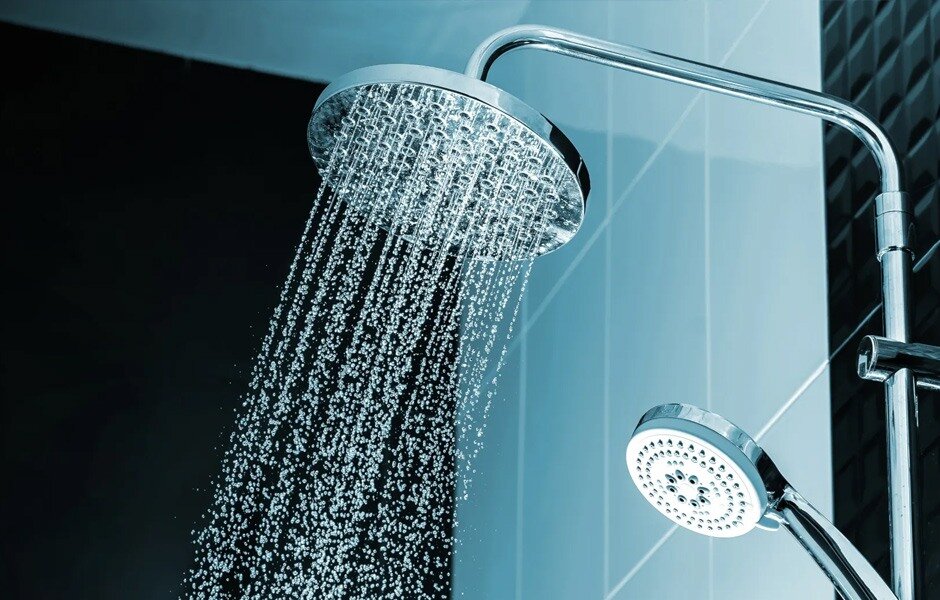Updating your shower head is an easy DIY project that can transform your daily routine, saving you time, water, and money. Whether your old shower head is clogged, outdated, or simply uninspiring, changing it yourself can be a surprisingly simple task. Imagine stepping into a fresh, invigorating shower experience with a shiny new fixture—all without calling in a plumber. With just a few tools and a bit of know-how, you can do this job in under 30 minutes. Follow these seven foolproof steps to replace your shower head like a pro!
Step 1: Gather Your Tools and Materials
Before you start, make sure you have all the necessary tools and materials at hand. You’ll need:
A new showerhead
Adjustable wrench or pliers
Plumber’s tape (Teflon tape)
A soft cloth or rag
An old towel or a bucket to catch any drips
Having these items ready will save you time and ensure a smooth process from start to finish.
Step 2: Turn Off the Water Supply
Turning off the water supply might seem unnecessary, but it’s a precautionary step that can prevent a mess in your bathroom. For most households, you don’t need to shut off the main water supply—simply ensure the shower taps are tightly turned off. If your shower has a separate shut-off valve, use it.
Step 3: Remove the Old ShowerHead
Gently twist the existing shower head counterclockwise to unscrew it from the shower arm. If it’s stuck or difficult to remove, use an adjustable wrench or pliers for extra grip. Wrap a soft cloth around the shower arm before using tools to avoid scratching the metal. Be prepared for some residual water to drip out, so place a towel or bucket underneath.
Step 4: Clean the Shower Arm Threads
Once the old shower head is off, inspect the shower arm threads for any leftover debris, rust, or old plumber’s tape. Use a soft cloth to clean the threads thoroughly. This will ensure a tight seal and prevent leaks when you install the new shower head.
Step 5: Apply Plumber’s Tape
Wrap plumber’s tape around the threads of the shower arm in a clockwise direction. This step is crucial because the tape creates a watertight seal and prevents leaks. Make sure you cover the threads evenly without overlapping too much. Typically, two to three wraps of tape are sufficient.
Step 6: Install the New Shower Head
Now for the exciting part—attaching your shiny new shower head! Screw the new shower head onto the shower arm by turning it clockwise. Hand-tighten the fixture until it’s snug, then give it a final turn with the wrench or pliers if necessary. Again, use a cloth to protect the finish. Avoid overtightening as this can damage the shower head or shower arm.
Step 7: Test for Leaks
Turn the water back on and test your newly installed shower head. Start by slowly turning on the water to check for any leaks around the connection. If you notice any dripping, gently tighten the shower head a little more. If leaks persist, you may need to reapply the plumber’s tape and repeat the installation. Once everything is secure and leak-free, step back and admire your work.
Additional Tips for a Smooth Installation
Choose the Right Shower Head: Consider your water pressure needs and preferences when selecting a shower head. Options include handheld, rain, and eco-friendly models.
Use Quality Plumber’s Tape: Investing in good-quality Teflon tape will make a big difference in preventing leaks and ensuring a strong seal.
Keep It Clean: Regularly clean your shower head to prevent limescale build-up and maintain optimal performance. A simple soak in vinegar every few months can keep it sparkling and efficient.
Why Change Your Shower Head?
Changing your shower head isn’t just about aesthetics. A new shower head can dramatically improve water flow, reduce water usage, and enhance your overall showering experience. Many modern shower heads are designed with water-saving features that help you cut down on your water bills without sacrificing comfort.
Safety Considerations
While this is a straightforward DIY task, handling tools carefully is essential to avoid damaging your shower arm or head. If you encounter any issues with water pressure or leaks that you can’t resolve, consider consulting a professional plumber like Ezy-Plumb to ensure everything is functioning correctly.
Final Thoughts
Learning how to change a shower head yourself is an easy and rewarding home improvement project. By following these seven steps, you can enjoy a revitalised shower experience that’s both functional and stylish. So, grab your tools, put on your DIY hat, and transform your bathroom with a simple shower head change—your future self will thank you every time you step into your upgraded shower oasis.
